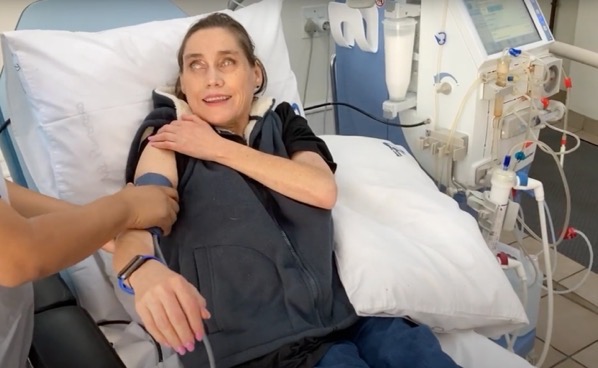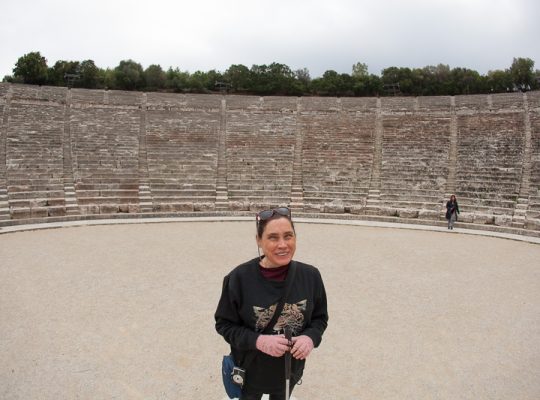
As I’ve said in a previous article, I’ve joined several social media groups focussed on dialysis and kidney transplants to get insights into other people’s experience of both. It’s become plain to me that every person’s response to these medical conditions is different.
I regularly read posts listing how people feel during and after dialysis. Their symptoms seem to include cramping, headaches, light-headedness, chest pains, pain at the access point, nausea, diarrhoea, feeling extreme cold, extreme fatigue, or extreme hunger.
Fortunately, I haven’t experienced many of these symptoms during my treatments. And even when I do experience side-effects, they are seldom extreme. I occasionally feel mild cramping in my legs, which I immediately report to the medical team on duty, and they adjust the settings to relieve the cramps.
Of course it hurts when they stick the needles into my arm to reach the graft, and when they remove them. Thankfully, one of the other dialysis warriors I’ve befriended told me about numbing cream, which I smear over the graft before I go, and it seems to help a little. At times I feel discomfort in my arm during the session as well, but it is usually bearable.
My most significant discomfort comes from needing to remain motionless for up to four hours at a stretch, including the time it takes to connect and disconnect me from the machine. I am a person who is constantly in motion, so the imposed passivity is both unusual and uncomfortable for me. I can manage for about half the time and then I start to experience a level of distress. I try to stretch and move as much as I’m able, but it doesn’t really help. I can’t tell you what a relief it is to finally stand up and start to move my sore muscles after the treatment is over.
My other struggle is with the cold now that we are in winter here in Cape Town. Remember that I need to wear short-sleeved tops so they can access the graft on my upper arm, which precludes warmer clothing. You’d laugh if you could see the lengths I go to to to protect myself against the cold. I wrap myself in long winter socks, gloves, arm warmers, knitted warm booties over the long socks, a beanie on my head, two sleeveless fleece tops, and two blankets over the rest of my body. I really am not kidding when I say I struggle from the cold while my body is motionless on the hospital bed. But at least I’m less uncomfortable bundled into all those various layers of clothing.
Last month I experienced four sessions where I felt truly horrible afterwards. I had bad cramping in my legs; I was light-headed and just felt unwell. My blood pressure dropped alarmingly, and I felt unsteady after the treatments. It got to the point that I had to ask Craig to come and fetch my guide dog when I arrived home, because I was afraid Normandy might inadvertently pull me over.
Thankfully, the medical team understood what was happening to cause my distress. They significantly lowered the amount of fluid they were removing during my dialysis, and I’ve felt better since then, much to my relief. But what I went through has given me greater empathy for what many other patients endure.
So yes, I do experience some pain and discomfort during my treatments. And obviously I would be happy not to have to go through it, which is another of the reasons why I’m pursuing a kidney transplant. But ultimately, I cannot escape the awareness that I am fortunate to be able to receive a treatment that is maintaining my condition and allowing me to live the life I choose. I know that many others in my country and around the world do not have access to that. Mindful of that fact, I can definitely put up with a little discomfort and pain. And be grateful for it.



